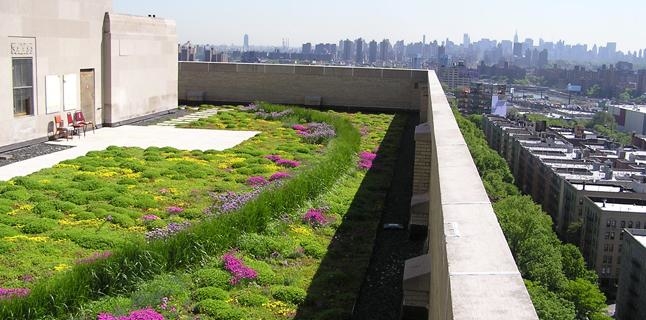Last week I was working in an office building in the city centre of Rotterdam, near Central Station. An office building like many others in The Netherlands: where the lights stay on when everybody is already celebrating their weekend; where computers are on and running 24/7, so also during the nights and the weekends; where the heating is on 24°C degrees so that the people can only wear a t-shirt, while windows are opened to ‘get some fresh air in’; where everybody takes a new coffee cup for every cup of coffee; where the waste is barely separated. But the employees are ‘pushed into a more sustainable lifestyle’, since the company is sponsoring its employees with train tickets. These ambiguous situations do not even surprise me anymore, since I’ve seen a lot of office buildings in the last 5 years, and almost everywhere it’s the same situation. But this time, while enjoying the view by standing near an open window (for some fresh air) with a coffee from my new cup, there was something else that caught my attention. It was the amount of dark surfaces I saw, the large areas of bitumen roof.
This really got me thinking. What is actually the function of this roof? When and more important, why did this become the standard? Why are roof and facade looked at so differently by architects? Isn’t it just part of the building envelope, the same envelope that architects always try to design carefully?
In my opinion, the roof can be one of the most beautiful places, especially within a city. But it can also be a sustainable part of the building. It can off course be placed full with PV panels to generate electricity, but another alternative is a green roof. And these roofs have many benefits, for example:
- retain and store water (precipitation)
- reduce the amount of stormwater runoff and also delay the time at which runoff occurs, resulting in decreased stress on the sewage system at peak flow periods
- through the daily dew and evaporation cycle, plants on roofs are able to cool cities during hot summer months and reduce the Urban Heat Island effect. The light absorbed by vegetation would otherwise be converted into heat energy.
- the plants on green roofs can capture airborne pollutants
- green roofs can help to reduce the distribution of dust and particulate matter through the city, as well as the production of smog (Green Roofs, 2015)
- and many, many more
And a (partly) accessible green roof can be a beautiful place to have lunch in the warm summer sun. And while getting some fresh air and drinking your coffee from your own re-used cup, you can have a beautiful view over the surrounding buildings with their green gardens on top.
References
Green Roofs (2015). Green Roof Benefits. Retrieved November 22, 2015, from http://www.greenroofs.org/index.php/about/greenroofbenefits
